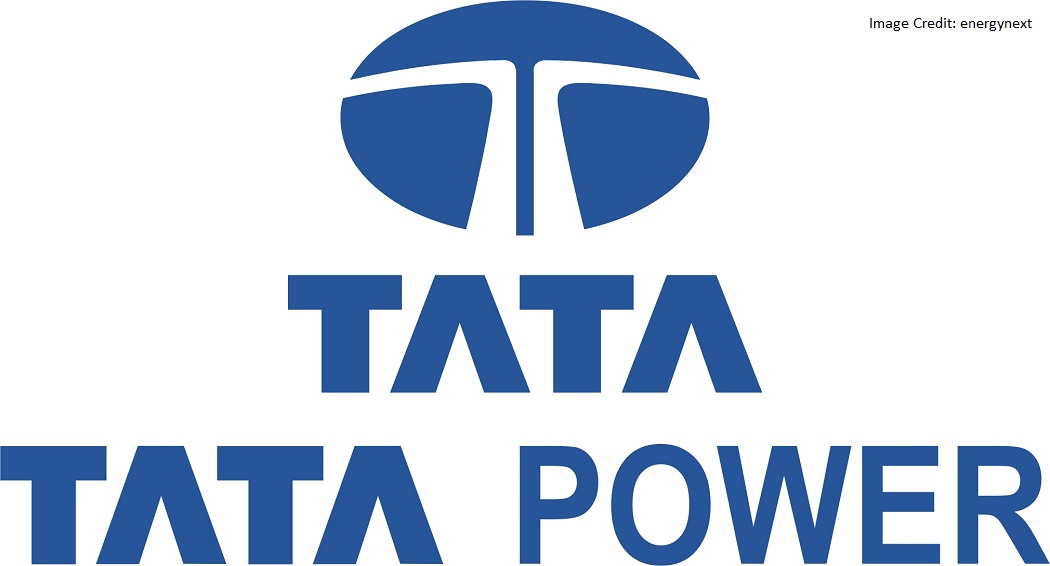TATA has entered into share purchase agreement (SPA) with AES Corp. for 100% shareholding of AES Saurastha Winds Farms Private Limited. This is the horizontal acquisition as the TATA has a presence in renewable energy production through its wholly owned subsidiary Tata power renewable energy limited (TPREL). So this is an addition to their four renewable projects registered under the clean development Mechanism (CDM) program of the United Nations framework convention on climate change (UNFCCC).
TATA in power (TATA Power Co., India):
It is India’s largest private integrated power company. Tata power co. is a subsidiary of Tata group with an installed generation capacity 8,521 MW in India through the different source of renewable energy such as thermal, hydro solar and wind it also has an international presence through its several renewable energy projects outside India like in Indonesia, Singapore, and South Africa. Tata power reported consolidated net revenue of Rs. INR 330.32bn for F.Y. 2012-13.
TATA has entered into share purchase agreement (SPA) with AES Corp. for 100% shareholding of AES Saurastha Winds Farms Private Limited
AES CORPORATION (USA):
AES Corporation is a publicly listed global energy that serves clients from 21 countries with its portfolio of electricity generation and distribution units. It engages in diverse segments of energy sources such as coal diesel hydro gas oil wind and biomass. It has a total 39,429 MW generations capacity through its 135 facilitates located in different countries. AES Corporation reported consolidated net revenue of USD 18.1 bn for F.Y. ending 31st Dec 2012.
INDUSTRY and TATA:
The electricity sector in India has a Total Installed Capacity of 223 GW as of March 2013, the world’s fifth largest. India currently suffers from a major shortage of electricity generation capacity, even though it is the world’s fourth largest energy consumer after the United States, China, and Russia. The International Energy Agency estimates India needs an investment of at least $135 billion to provide universal access to electricity to its population.
The target for the 12th Plan (2012-17) has been set at 118 GW (88 GW of conventional power and 30 GW of renewable More than half the capacity addition is expected to be from the private sector.
| Sr. No. | Period | Today Installed capacity | ||
| India | TATA | Market Share of TATA | ||
| 1 | As on 31st March 2013 | 223,000 | 8,521 | 3.82% |
| 2 | As per 12th Plan (2012-17) | 118,000 | 9.86% | |
| a | Under Development/ implementation as per Balance sheet as on 31st March 2013 | 4,638 | ||
| b | Further development to achieve target | 7,000 | ||
| Total | 341,000 | 20,159 | 5.91% | |
Note: TATA has set the target to reach the 26,000 MW by 2020 and 20-25% production from clean energy. Assume that 7,000 MW additional capacities will be installed by FY 2017 other than project under the progress as per FY 2013.
With about 70 GW of capacity addition planned through coal based thermal power plants in the 12th Plan; coal is expected to remain a major generation fuel source in the next five years. TATA will be one of the highest contributors to the capacity addition from the private sector.
However, availability of domestic coal has been a major challenge. Domestic gas availability for power generation has been steadily declining and coupled with the high cost of imported LNG, the share of gas as a source of power generation is expected to decline. This will lead to clean energy production.
CLEAN ENERGY (Go Green):
India’s electricity sector is amongst the world’s most active players in renewable energy utilization, especially wind energy. Renewable energy is expected to be an important driver of capacity growth in India, given the policy focus, the reducing cost of power and the shorter gestation time for commissioning projects. Where TATA stands:
TATA is behind as compared to Overall INDIA in terms of clean energy production. Now the TATA is also moving towards clean energy with the target set for 2020.
WHAT THE TARGET HAS?
The deal will add 39.2 MW to its capacity of energy production and in the clean energy. The acquisition/deal would hike Tata’s current capacity by 10% taking it to 467MW in the renewable energy. The project is registered with United Nations framework convention on climate change as a clean development Mechanism project and is eligible to receive carbon credits. The project is also registered to get generation based incentives under the scheme of a ministry of New and Renewable Energy. The project is clean energy project, which will enhance the company’s clean energy footprint. This is yet another step towards the company’s commitment to sustainability. The project operational since January 2012, has a power purchase pact in place with Gujarat Urja Vikas Nigam Limited for selling electricity at Rs. 3.56 per unit.
VALUATION:
Price is not disclosed by the parties but it is estimated around 150cr. So it is exactly Rs. 3.82 Crore per MW.
If we compare with the previous deals in India, i.e. DLF sold the wind turbine arm of 150MW in Gujarat at Rs. 325 Cr. and 34.5 MW windmill project in Tamil Nadu for Rs. 188.7 Cr and 33-MW windmill project in Rajasthan for Rs. 52.2 Cr. DLF, Tamil Nadu deal was at Rs. 5.44 Cr per MW, Gujarat deal was at Rs. 2.16 Cr per MW and Rajasthan deal was at Rs. 1.58 Cr per MW. So the Seller i.e. DLF itself was not able to judge the different valuation per MW for its deals.
But generally, the current deal seems that it has been valued higher as compared to Gujarat and Rajasthan deal of DLF. But the when compared with the Tamil Nadu deal of DLF it has a good position to debate. This was the market deal comparison what if we compare with the cost of implementation per MW in India. We are unable to compare this as no information to this is available. So one can compare this if the cost of implementation per MW is less than Rs. 3.82 Cr. then acquisition is costlier or vice versa.
The acquisition might not have any major impact on Tata power’s revenue and profit but it may benefit the company once the carbon credit market revives in Europe. This acquisition is part of the company strategy to focus on the domestic renewable market.
CONCLUSION:
The acquisition comes at a time when Tata power has decided to put on hold its expansion plans in India’s thermal power, given the multiple problems faced by the beleaguered sectors whereas the TATA’s has also set the target for 2020.
This acquisition is too small to achieve the target set for 2020 and it has cost them heavily. To achieve the target TATA has to continuously keep on expanding by both organic and inorganic. In our view, TATA has to keep the constant outlook for acquisition. Besides the company has to also focus on the revenue part, even more, to improve the financial position. The acquisition should be inline which increase the revenue. The current acquisition which has the revenue contract already entered with the party might be a small relief to the company but it is at the fixed price, whether this will benefit the company has to be seen.




